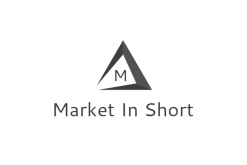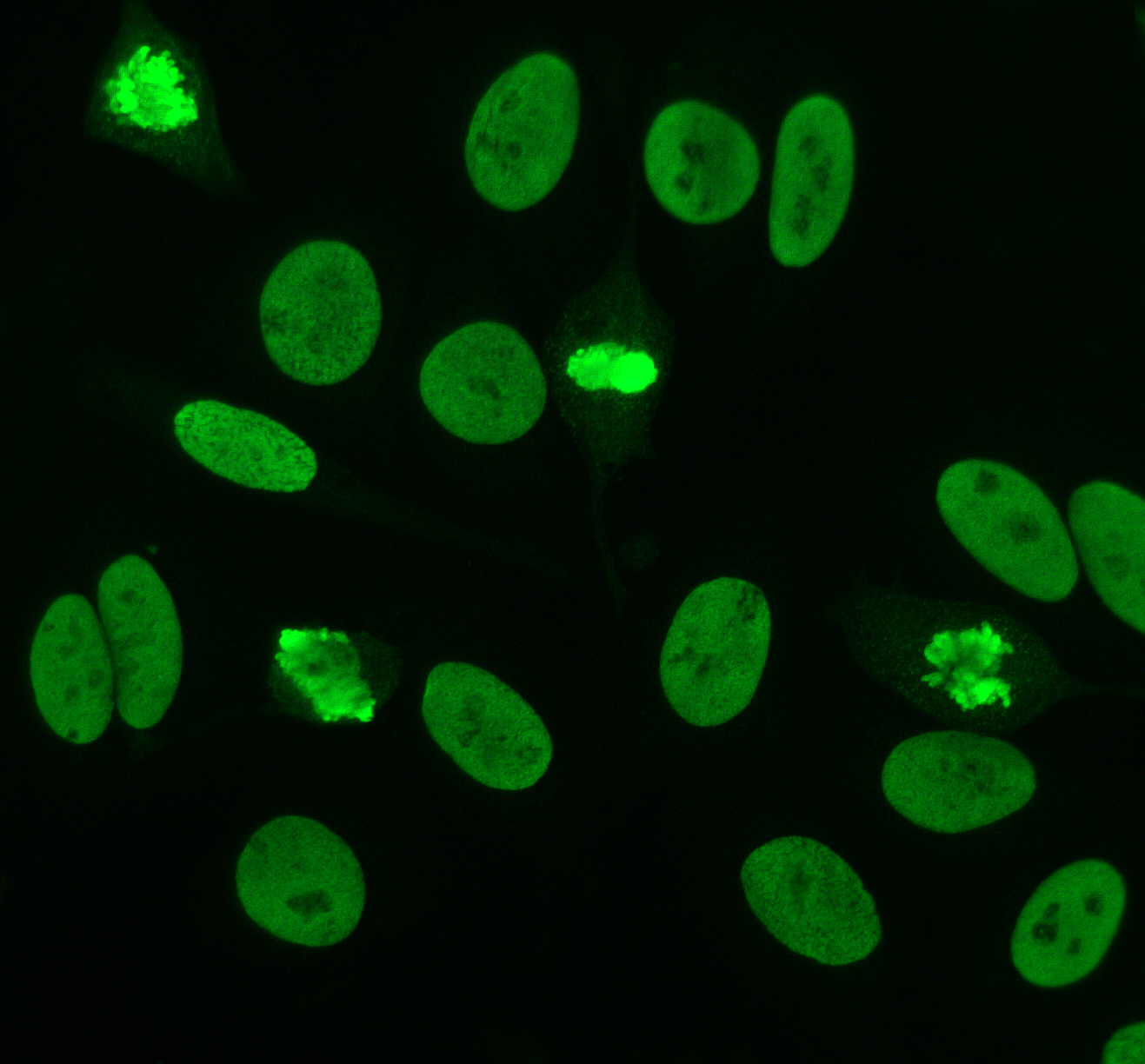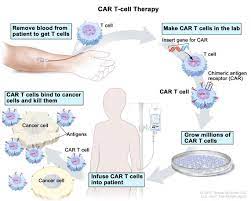Allied Market Research published a report, titled, “Antinuclear Antibody Test Market by Product (Reagents & Assay Kits, Systems, Software & Services), by Technique (ELISA, Immunofluorescence Assay, Multiplex Assay), by Application (Rheumatoid Arthritis, Systemic Lupus Erythematosus, Sjogren’s Syndrome, Scleroderma, Others), by End-use (Hospitals, Clinical Laboratories, Physician Office Laboratories, Others): Global Opportunity Analysis and Industry Forecast, 2021-2031.” According to the report, the global antinuclear antibody test industry was estimated at $1.3 billion in 2021, and is anticipated to hit $5.0 billion by 2031, registering a CAGR of 15.0% from 2022 to 2031. The report offers an explicit analysis of the changing market trends, top segments, key investment pockets, value chain, competitive scenario, and regional landscape.
Determinants of growth-
Increasing prevalence of autoimmune diseases among people drives the growth of the global antinuclear antibody test market. Moreover, the fact that antinuclear antibody tests are becoming more and more popular as a way to diagnose autoimmune diseases such as rheumatoid arthritis, Systemic Lupus Erythematosus, Sjogren’s Syndrome, and others has supplemented the growth even more. Moreover, growing government healthcare insurance and rising awareness about autoimmune disorders are expected to create lucrative opportunities in the industry.
Covid-19 scenario-
- The outbreak of the pandemic impacted the global antinuclear antibody test market negatively since the majority of people were getting these tests to monitor their health and evaluate their risk for autoimmune illnesses during the crisis.
- Increasing frequency of chronic diseases and rising elderly population are the major causes behind the market expansion.
The Reagents & Assay Kits segment to dominate by 2031-
By product, the reagents & assay kits segment contributed to around three-fifths of the global antinuclear antibody test market share in 2021, and is expected to lead the trail by 2031. The same segment would also garner the fastest CAGR of 15.53% during the forecast period. Rise in the use of these kits for various research and development purposes for a better understanding of various types of diseases drives the segment growth.
The ELISA segment to maintain the lion’s share-
Based on technique, the ELISA segment generated around two-fifths of the global antinuclear antibody test market revenue in 2021, and is expected to lead the trail by 2031. The same segment would also portray the fastest CAGR of 15.67% from 2022-2031. This is because the ELISA test is quick and produces data more quickly than other testing methods.
The rheumatoid Arthritis segment to retain its dominance-
Based on application, the rheumatoid arthritis segment held more than two-thirds of the global antinuclear antibody test market revenue in 2021. The same segment would also manifest the fastest CAGR of 15.46% from 2022 to 2031. This is attributed to the growing elderly population and increase in cases of rheumatoid arthritis across the world.
The hospitals segment to maintain the lion’s share-
By end-use, the hospitals segment contributed to around two-fifths of the global antinuclear antibody test market share in 2021, and is expected to retain its dominance by 2031. Increase in patient satisfaction, outpatient services, and enhanced home care facilities offered by hospitals fuel the growth of the segment. The physician office laboratories segment, on the other hand, is expected to exhibit the fastest CAGR of 15.97% from 2022 to 2031.
North America garnered the major share in 2021-
Based on region, North America held the major share in 2021, generating nearly two-fifths of the global antinuclear antibody test market. Increasing prevalence of autoimmune illnesses propels the market growth. The Asia-Pacific region, simultaneously, would cite the fastest CAGR of 17.1% throughout the forecast period. With the growing population on board, the likelihood of developing autoimmune diseases has increased significantly. The other provinces studied through the report include Europe and LAMEA.





